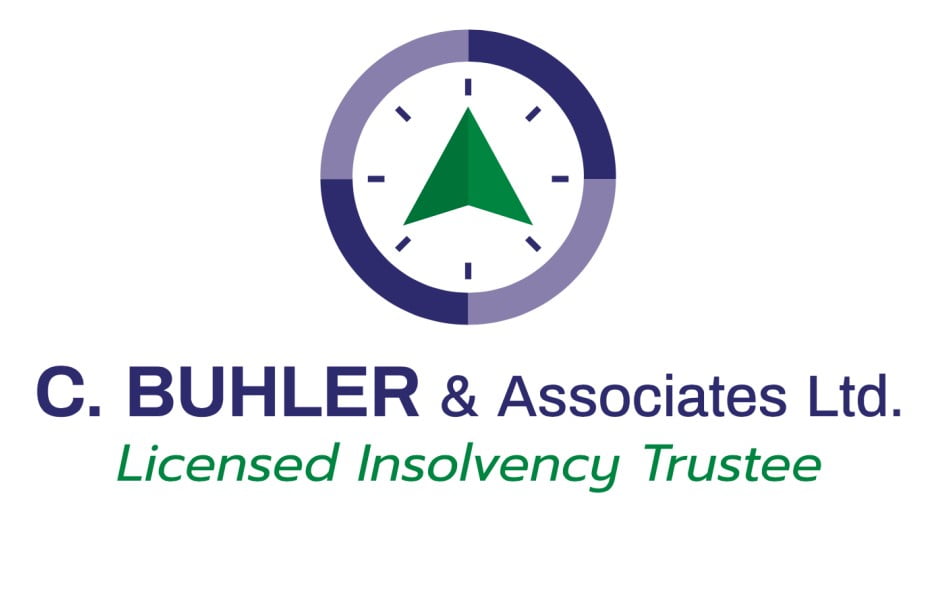Bankruptcy in Canada is a legal process that can be helpful when facing mounting debt, or finding it difficult to pay regular living expenses due to garnishments or frozen bank accounts. I am often asked what the process to file a bankruptcy is, or how to file for bankruptcy. Most information about bankruptcy comes from what is heard on television shows or read on social media. As a Licensed Insolvency Trustee (LIT), I find it interesting to differentiate between the bankruptcy process in Canada, and that of our nearest neighbor, the United States.
Do I need a Lawyer to file a bankruptcy in Canada?
It is a common misconception that a bankruptcy in Canada must be filed by a bankruptcy lawyer. Although that may be true in the United States (or other countries), here you must meet with an LIT in order to file a Bankruptcy. An LIT is not a lawyer, however, they have special training in the area of bankruptcy law. LITs are also authorized to act as an officer of the Court. Many trustees have other specific financial training, and may also be certified as Accountants, Business Valuators, or Financial Planners.
However, just because you meet with a Licensed Insolvency Trustee doesn’t mean you have to file bankruptcy – they are tasked with explaining the other options available to you as well. You may find that another process might fit your situation. For example, an LIT will discuss debt consolidation, debt relief programs for loans such as student loans, or a consumer proposal. An LIT is your best option to ensure that you get your questions, such as how to file for bankruptcy, or when to file bankruptcy, answered.
Chapter 7 or Chapter 13?
Social media and news articles often talk about a Chapter 13 bankruptcy, or Chapter 7 bankruptcy. These, as with the ‘bankruptcy lawyer’, are American terms. In Canada, our files are categorized with different terminology. If you need to file bankruptcy in Canada your LIT will either file a Summary or Ordinary Bankruptcy. If you choose a proposal, you can expect to hear about one of two types of proposals to creditors – a Division 1 Proposal, or a Consumer Proposal. While you aren’t expected to understand the differences between each, your LIT will explain the differences, and the obligations and responsibilities for each process.
Corporate Options
Another difference In Canada, is how corporate restructuring works. In Canada, corporations can use either the Bankruptcy and Insolvency Act, or the Companies’ Creditors Arrangement Act to restructure. In certain circumstances, there may be other legislation used. These processes are often administered by a team of professionals, including LITs. These professionals can act as Monitors or Receivers together with Lawyers and Accountants to help companies as they attempt to restructure or wind down their operations.





